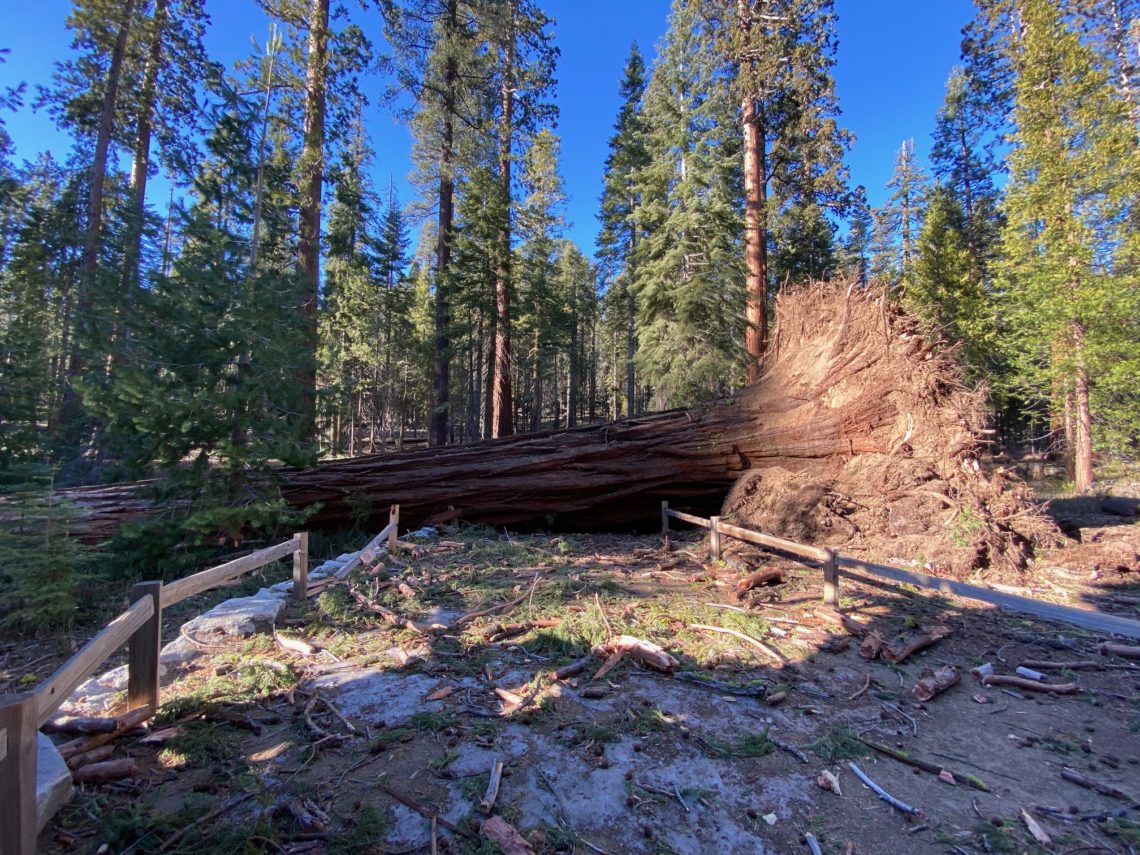
A tempestuous windstorm blew through the Mariposa Grove of Giant Sequoias on Jan. 18. Wind speeds were estimated at 80 to 100 miles per hour, toppling 15 out of 500 large giant sequoia along with other trees including sugar pine and white fir. Eight sequoia fell in the upper grove and seven in the lower grove. While the largest and most famous trees remain standing, one that fell was a sizeable monarch; other fallen trees appear to be large mature juveniles.
Fires, storms, and wind events occur naturally in the giant sequoia forest, but an event of this magnitude hasn’t been documented in Mariposa Grove in recent history.“It is not unusual for one or two mature monarchs to fall over during a significant wind or weather event every decade or so, but 15 trees is surprising,” said Linnea Hardlund, Giant Sequoia Forest Fellow for Save the Redwoods League.
The League’s research in the giant sequoia range, including a current study on the impact of bark beetle infestations and monitoring of burned groves in the Sierra, will continue to reveal insights into the vulnerability of giant sequoia over time.
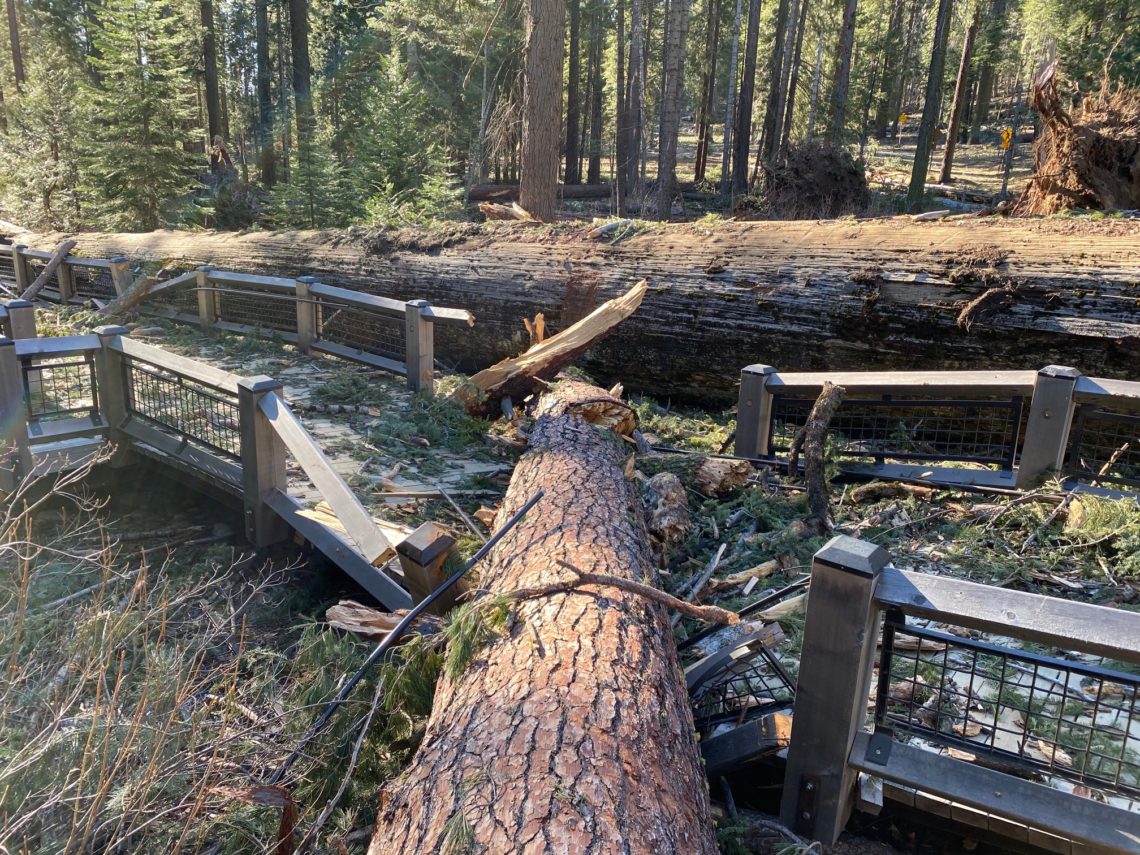
In 2014, Save the Redwoods League partnered with Yosemite National Park and Yosemite Conservancy to launch a four-year, $40 million restoration project in Mariposa Grove. The League and our donors contributed $500,000 to the project. During the restoration, our Redwoods and Climate Change Initiative researchers scaled trees in the grove and, for the first time ever, took core samples from the upper portions to study the baseline health of the sequoia. The goal is to study the benefits of the restoration work in the future.The League also worked closely with Allyson Carroll, a research associate at Humboldt State University, to provide information for many of the grove’s interpretive panels, as well as the ring analysis and preparation of a trunk cross section from a fallen 805-year-old sequoia displayed in the interpretive area.
The grove reopened in 2018. Today, much of the infrastructure that was built during the restoration has been damaged by the windstorm, including the boardwalk, restroom, and shuttle stop.
Early estimates of the cost of repairs in Yosemite National Park are more than $200 million. We will continue to monitor the situation and work with our partners on solutions. As heavy snows make assessments and repairs extremely challenging, more in-depth assessments are expected sometime in the spring or summer.
Here are some photos from the National Park Service of the damaged areas.
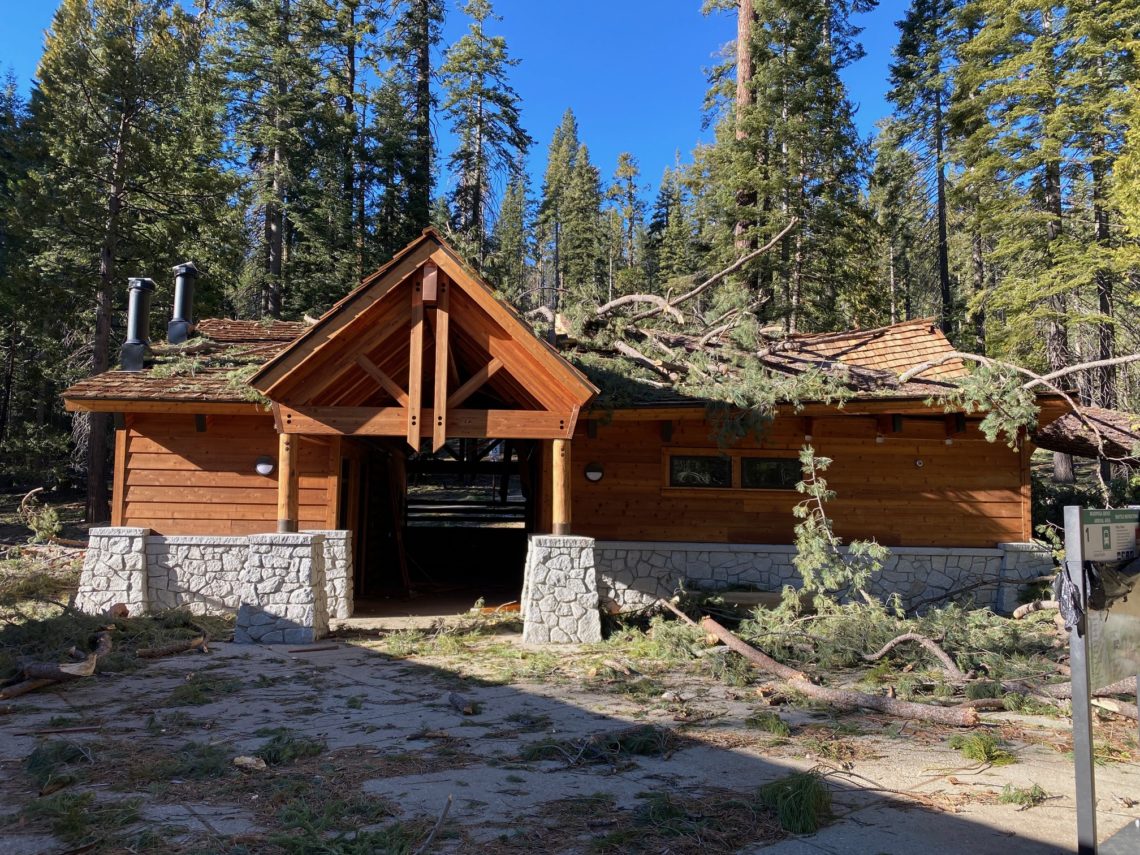
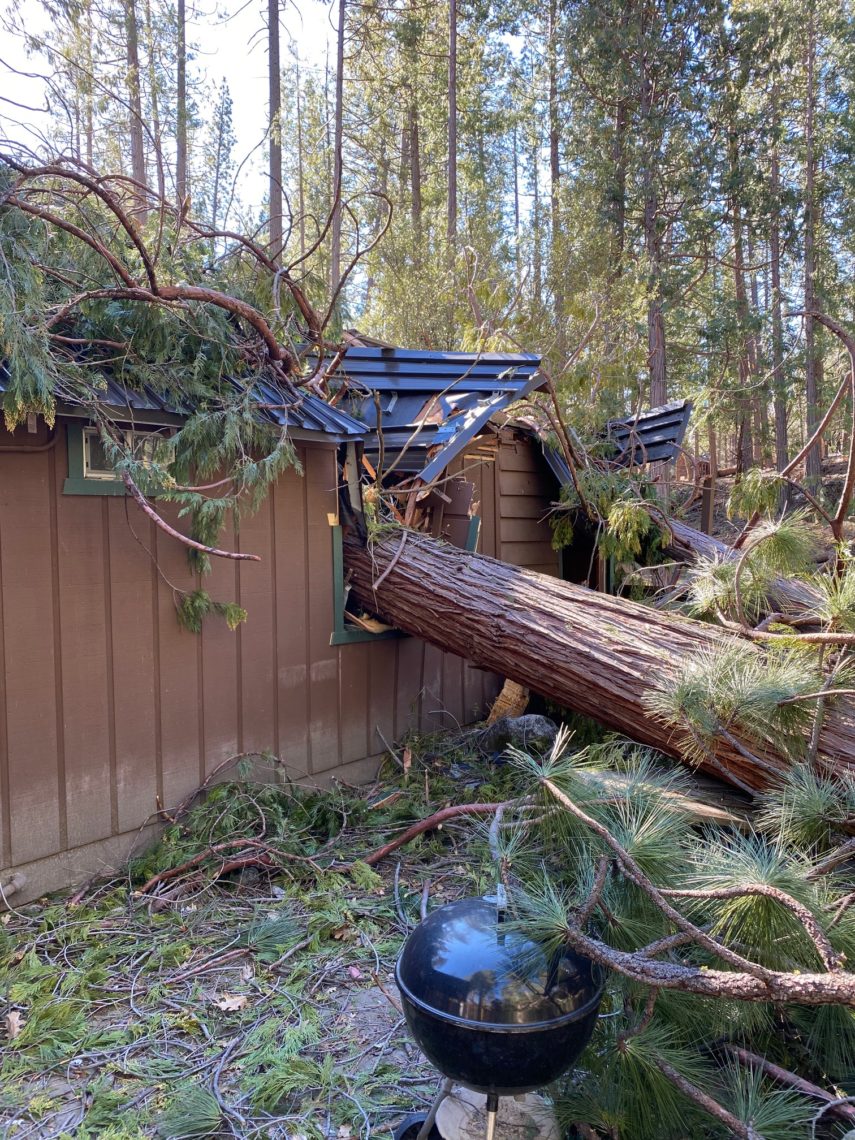
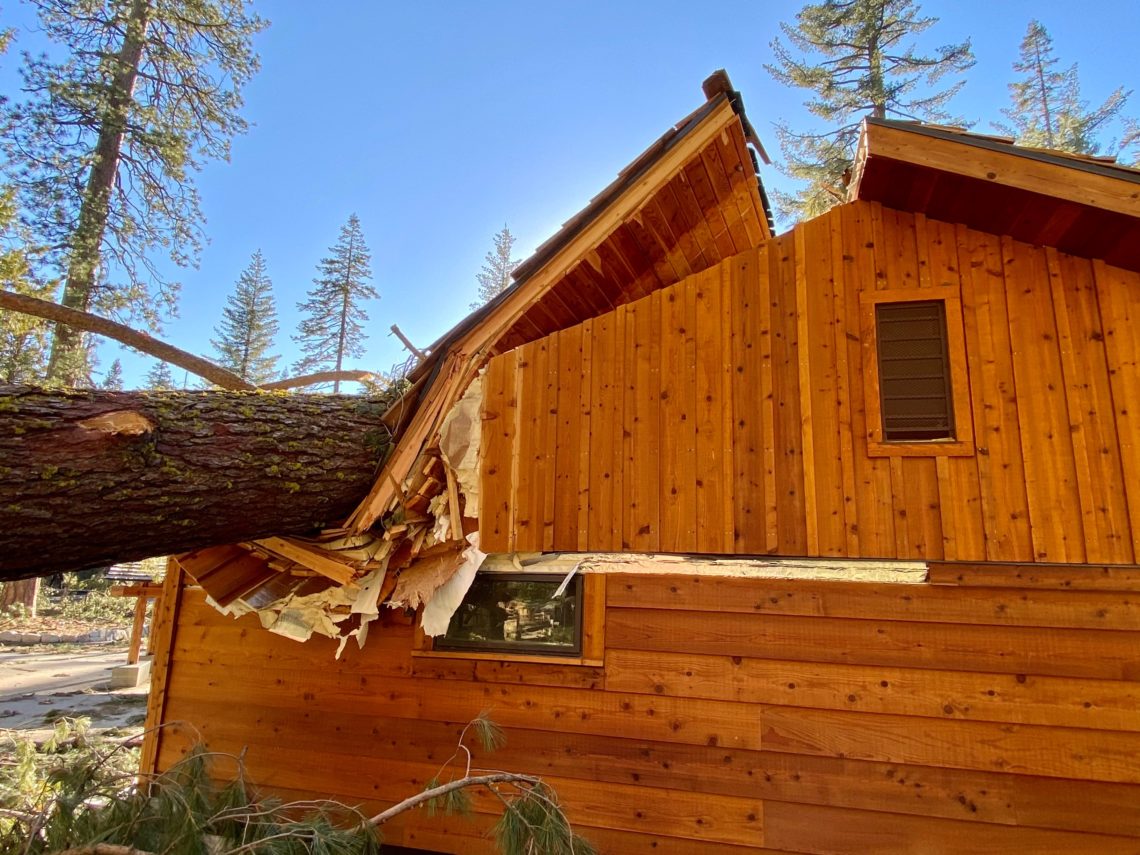

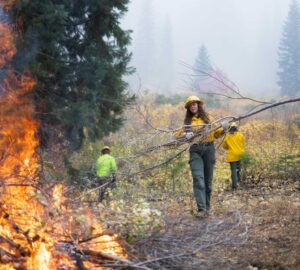

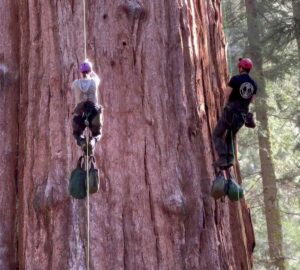

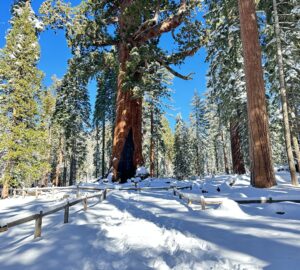
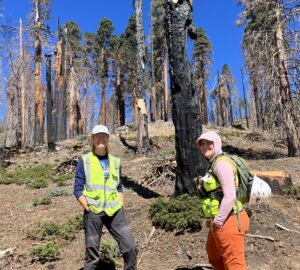
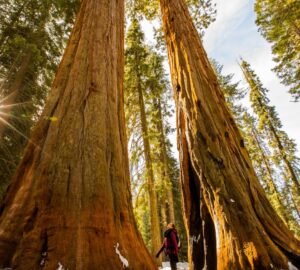
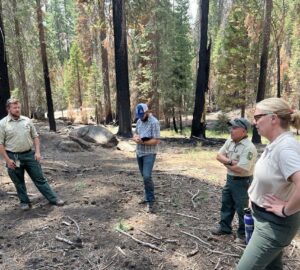
4 Responses to “Photos of wind damage to giant sequoia in Mariposa Grove”
Craig Serrels
Spent my youth and early working years as a native born Californian in the many forest’s of the Sequoia Nat’l and Yosemite Nat’l Parks and Coastal regions where encountering the majestic trees of my home have been the grounding of my existence. My mother in-law sent me notification on social media (for we now live in a different state) about this storm that blew these trees down and is now over the east giving us much needed snow. So sad to see this cause damage as well, so glad no injuries. So, my question is, what can be done about the lumber with these trees? and who has the rights? to who and how they are cut or milled? these are in the National Forest, is this done with care? can or will there be “items” made with the wood? or? I guess the questions can go on forever for someone who doesn’t know, like me! Just curious, for this is not just your once in a while tree falling over kind of event where the lumber is sold or used without much or many knowing. What is to come of the remains of the beautiful trees? My heart is in the trees, I go there to lose my mind and find my soul. Holding you all in close with these majestic beings and your task at hand. Thank you, – Craig.
Save The Redwoods League
Hi Craig, as part of the National Park Service, most likely the trees will stay within the park. We are guessing they will keep the downed trees as is, unless they are impeding a structure. Those they may cut, but it’s common for lumber to be kept within the park and used for the maintenance of other things.
janis reed
I’m not an expert, scientist, arborist, or anything like that, just a great lover of redwoods, so okay to doubt or rebut my comment ! My understanding is that the wood from the sequoias is not a viable building material, except as items such as fencing, as it is brittle. I believe that is partially what saved a lot of these trees back in the heyday of lumbering along with the difficulty of transporting the logs. As far as removing the downed trees, the decaying trees support an abundance of nutrients to the soil and habitats for little ground creatures… all part of a renewable ecosystem and best left in place.
Mike Nicholas
Documented history in the Giant Sequoia Region, records windstorms that have caused similar damage to occur. Although not common, they do occur. One such event happened in July, 1933. There was a big windstorm from the northeast. Known as The Big Blow, there were thirty-two people camped at Camp Lena that night and thirty-one of them crowded into the 14-foot room inside the Hercules Tree. The next morning the road was blocked by thirty-five windfalls. Big redwoods fell among the campers with no casualties. This wind event occurred in the vicinity of the present day Mountain Home State Forest and at the Dillonwood Grove in the Sequoia National Monument. These events are recorded in the book, The Men of Mammoth Forest by Floyd OTTER. The Alder Creek Sequoia Grove property owned by the League is also in that same vicinity of the southern Sierra Nevada.